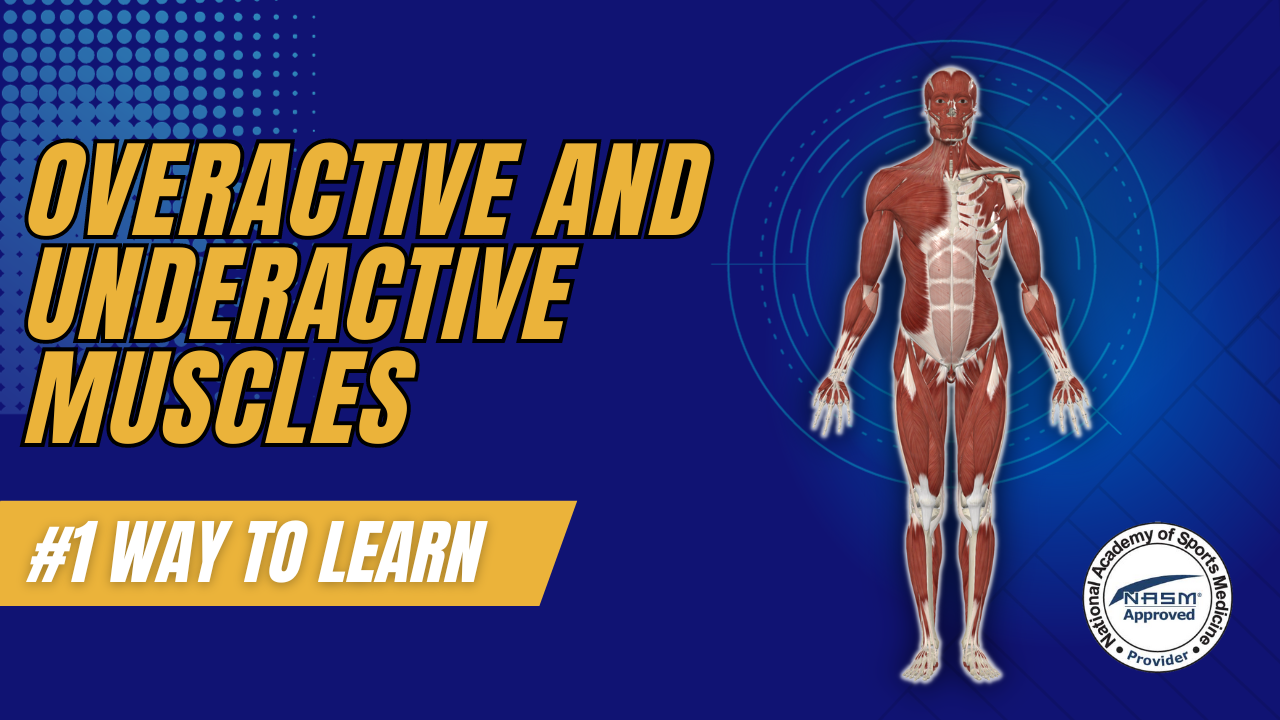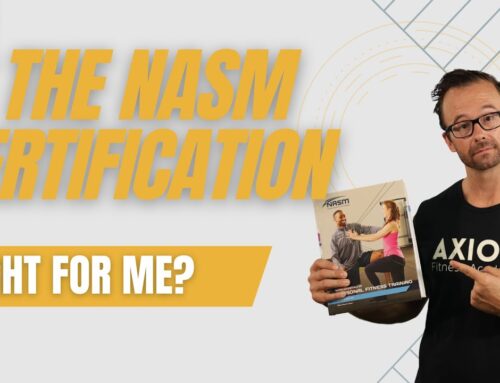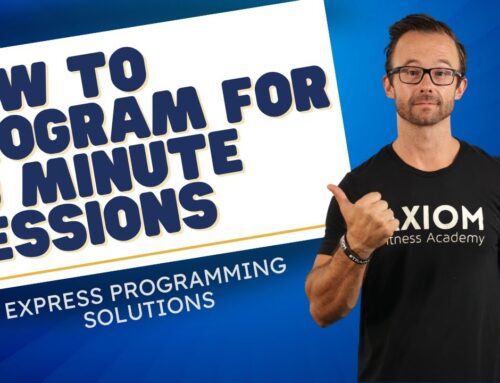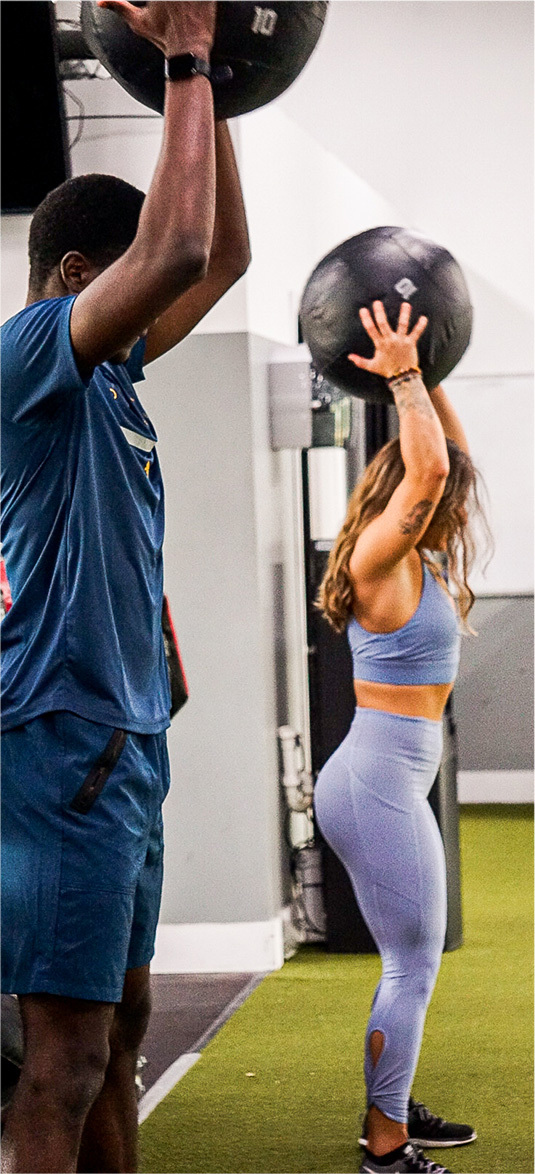
Navigating the complexities of muscle functions is a pivotal step in your journey as a NASM-certified trainer. Understanding the interplay between overactive and underactive muscles is not just a requirement; it’s a cornerstone for crafting effective, personalized training programs. Here’s how you can demystify these concepts and leverage them to enhance your coaching prowess.
1. The Power of Context in Learning
The challenge with grasping overactive and underactive muscles often lies in the abstract nature of textbook learning. The key to unlocking a deep understanding of these concepts is context. By relating muscular imbalances to real-life scenarios and movements, you can transform abstract concepts into tangible knowledge. Studies show that contextual learning significantly boosts retention rates, making it easier for you to apply this knowledge practically when assessing clients or planning their training regimen.
2. Practical Application: Beyond the Books
To truly master the understanding of muscle dynamics, engage in practical, hands-on activities. Acting out movements, performing overhead squat assessments, and directly observing the effects of overactive and underactive muscles in real-time are invaluable. This method not only reinforces your theoretical knowledge but also enhances your ability to spot and correct these imbalances in your clients. Research underscores the effectiveness of experiential learning, revealing that individuals who engage in active learning and teaching methods can improve their knowledge retention by up to 75%.
3. Teaching as a Tool for Mastery
The ultimate test of your understanding comes when you teach these concepts to others. By explaining overactive and underactive muscles, their implications, and corrective strategies to someone else, you deepen your own comprehension and ability to recall information. This teaching approach is supported by the “protégé effect,” where educators enhance their own understanding and retention of a subject by teaching it. Implementing this strategy not only prepares you to pass your NASM exam with flying colors but also equips you to be a more effective and empathetic trainer.
Conclusion: Transforming Knowledge into Action
The journey from learning about overactive and underactive muscles to applying this knowledge is transformative. By embracing context, engaging in practical application, and teaching others, you’ll develop a robust understanding of muscle dynamics that transcends rote memorization. This approach will not only aid in passing your NASM certification but will also elevate your skill set, allowing you to create more impactful, customized training programs for your clients. Remember, the best trainers are lifelong learners who continuously seek to apply their knowledge in innovative ways to support their clients’ health and fitness goals.
———————————–
In this video, Coach Joe Drake from the Axiom Fitness Academy shares the 3-step learning process that will teach you how to learn anything better, including your NASM exam material such as underactive/overactive muscles.
Want to grab our free study guide?
Click here: http://axiomfitnessacademy.com/study-guide-download






